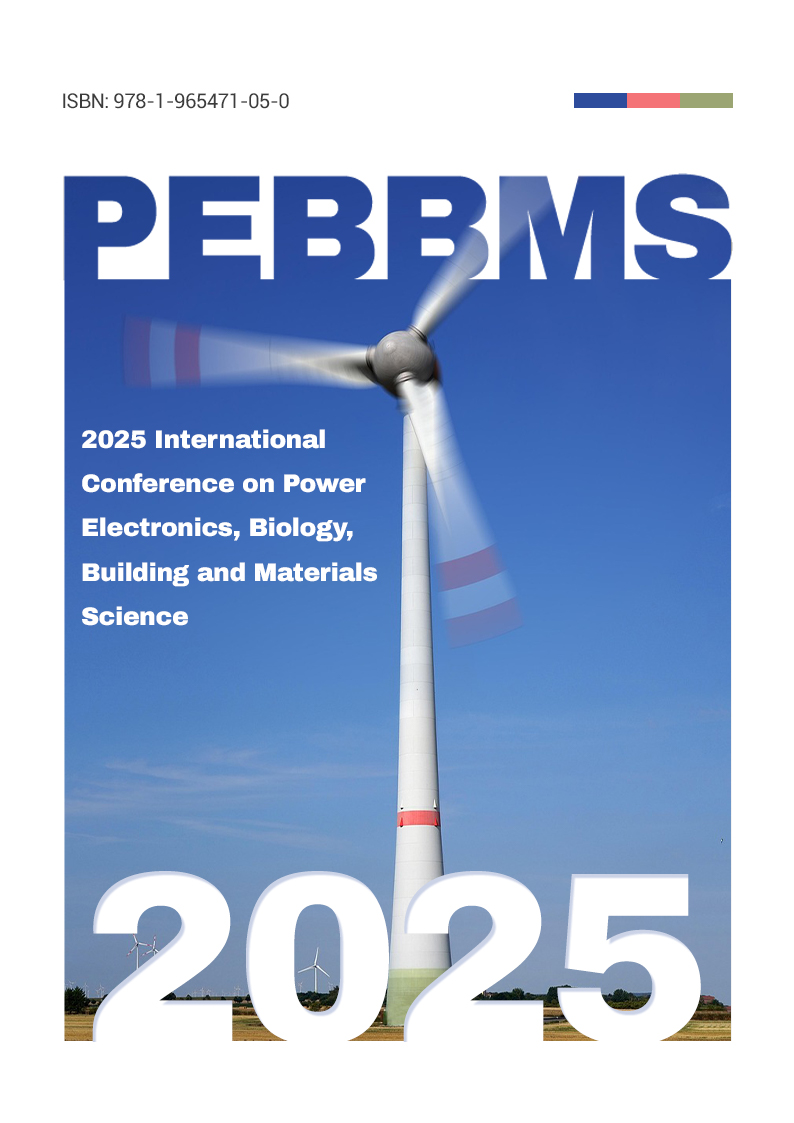Simulation Analysis of GNSS-R Sea Surface Coverage Performance Based On Low Orbit Satellites

Authors:
Siqi Gu, Jin Qin, Bo Zhou
Keywords:
GNSS-R; Low Orbit; Sea Surface Parameters; Coverage Efficiency; Joint-Simulation
Doi:
10.70114/acmsr.2025.3.1.P177
Abstract
GNSS-R (Global Navigation Satellite System-Reflection) remote sensing technology has been widely applied in fields such as earth science, meteorology, and oceanography in recent years. Its coverage performance directly affects global monitoring capabilities, data acquisition continuity, and multi-scenario applicability. This article simulates and analyzes the coverage performance of the ground geometry relationship of the GNSS-R payload carried by low orbit satellites. Through the joint-simulation method of STK and Matlab, the visibility of specular reflection signals and sea surface coverage performance under different orbital heights, antenna beam numbers, working hours, spatial resolutions, etc. are analyzed. The results show that the low orbit GNSS-R payload can efficiently detect global marine environmental elements. The 4-beam antenna based on single satellite can achieve over 80% global sea surface coverage and measurement accuracy better than 10cm. The data can evaluate the coverage efficiency and measurement accuracy of sea surface parameters for other different payloads design, and through multi-satellite networking can further improve coverage efficiency and measurement accuracy


